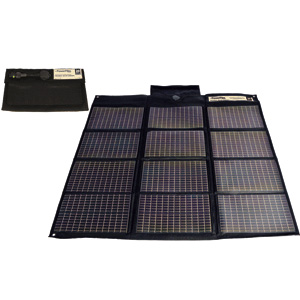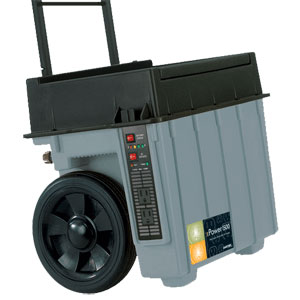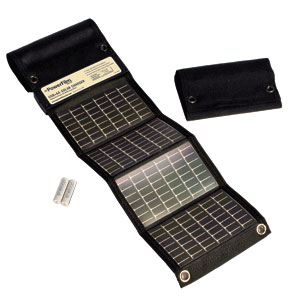The U.S. has a lot of untapped renewable energy, from wind in the Midwest to solar in the Southwest. These maps show where we could maximize our clean power resources.
Take a look at these maps: They show the renewable energy potential of every state in the country. The good news is that everywhere has resources to exploit, whether it’s solar in the Southwest, onshore wind in the Midwest, or offshore wind on the East coast.
The data was compiled by the National Renewable Energy Laboratory, part of the U.S. Department of Energy. In total, the U.S. has 481,800 terawatt-hours of annual generating potential, or 212,224 gigawatts of capacity across wind, solar, biopower, geothermal, and hydropower. If you don’t know your gigawatts, that’s more than enough to go around, in other words, though questions about transmission mean that solar power in the Southwest may not help people who need more power in the Midwest.
U.S. Photovoltaic Solar Resource
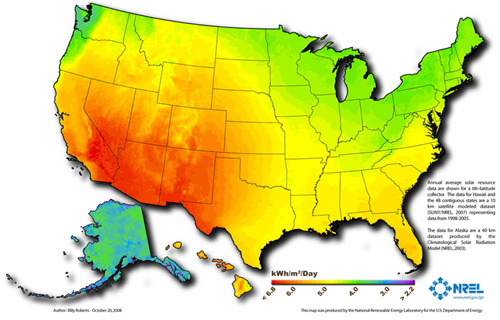
A few states stand out. Hawaii has the highest offshore wind potential (17% of the national total). Alaska and the Northwest enjoy 27% of the realizable hydropower. Texas has the greatest opportunities in plant-scale photovoltaics, with California not far behind. The Rocky Mountain states have the best geothermal potential.
U.S. Wind Resource (80m)
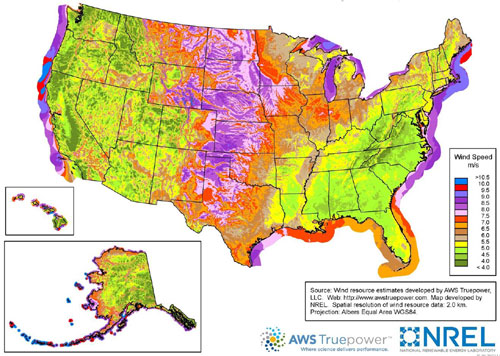
It’s important to note that the NREL uses a broad definition of “potential,” though. The maps are based on what is technically available, given assumptions about technology, land use, and environmental constraints. They don’t consider future economics and market conditions, which are obvious big caveats. We may not be able to afford a wind turbine in a few years.
U.S. Biomass Resource
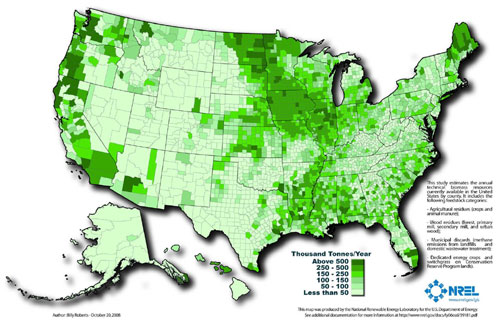
NREL also had to normalize a lot of data from different sources, inevitably drawing arbitrary lines here and there. Still, as co-author Anthony Lopez says, the maps give “a sense of scale regarding the potential for renewables, and which technologies are worth examining.” Seems like every state has something to work with.
Geothermal Resource of the United States
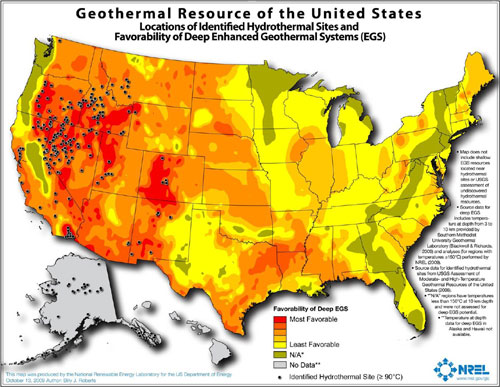
source: Maps Show The Incredible Potential Of Renewable Energy

